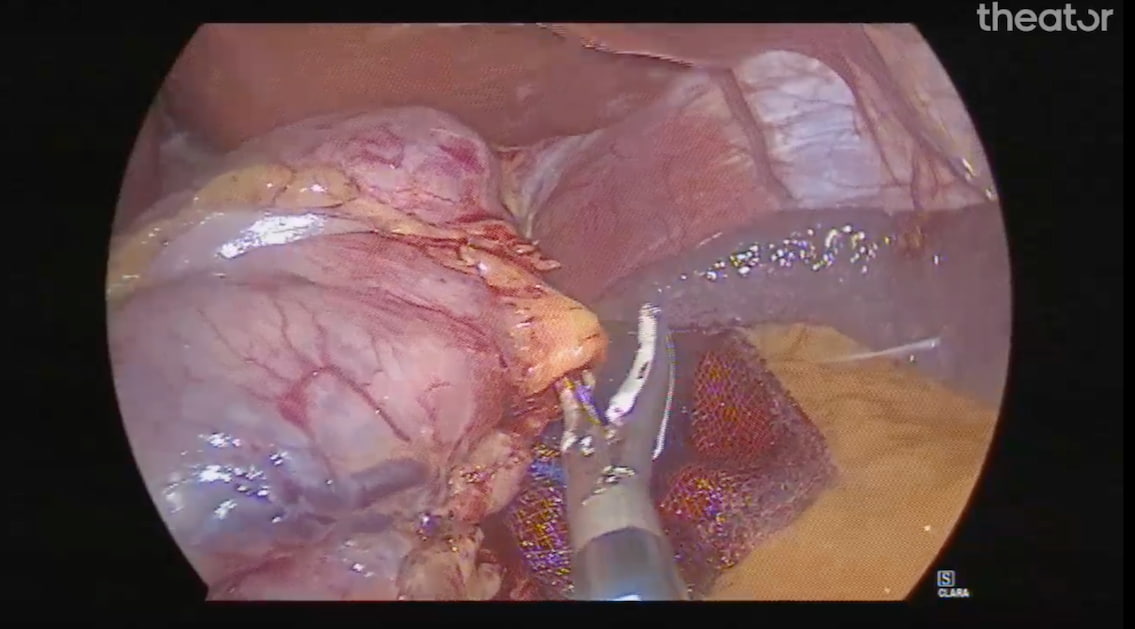What Are The Advantages?
As the role of AI-enabled tools in surgical care expands, clinical research continues to validate the benefits of integrating streamlined AI technologies into operating rooms. In gynecology, surgical AI integration has the potential to improve quality of care and patient outcomes. A win-win.
What is Surgical Intelligence?
Surgical Intelligence is the analysis of surgical video data using AI that can surface insights that aren’t possible with manual data analysis alone. Its ability to identify specific and actionable measures to improve patient outcomes is why this technology is the future of surgical care.
Why Surgical Intelligence for gynecologic surgery?
Surgical Intelligence offers a number of advantages for clinicians and patients related to gynecologic surgeries.
Surgical step identification:
The ability of AI to identify the steps of a surgical procedure by analyzing video data is the first step toward harnessing this data to support clinicians and improve outcomes.
Specific to laparoscopic hysterectomy, available AI technologies demonstrated a 92% concordance between human and AI-directed annotation of surgical steps in one study, while a separate study found a similar 93% concordance rate between humans and AI-enabled technology in annotation of surgical steps.
The ability of AI to detect surgical steps significantly cuts down on the amount of time that would be required for humans to manually perform this task. This, in turn, allows for recorded surgical videos to be used more effectively to bolster the knowledge base and skill set of trainees.
Continuous quality improvement:
AI demonstrates a high rate of accuracy in identifying the surgical steps of a laparoscopic hysterectomy. This is notable because when AI is able to correctly identify these steps and landmarks in real time, it can then be trained to provide clinical decision support at the point of care.
For example, identification of the ureters is a critical step to avoid ureteral injury in laparoscopic hysterectomy. However, this step isn’t universally performed during this procedure. By surfacing this information to a hospital’s gynecology department, a proactive, data-driven quality initiative can be implemented to drive adoption of this surgical practice—therefore increasing the safety of laparoscopic hysterectomy procedures.
Outcomes assessment:
Because Surgical Intelligence integrates with patient outcomes data, it offers the opportunity to link what happens in the OR to outcomes such as infections, readmissions, reoperations, and increased length of stay. This allows healthcare organizations to identify systemic and individual areas for quality improvement.
Surgical Intelligence represents the future of care in all surgical specialties. By effectively and efficiently identifying procedural steps, AI-enabled tools have the power to assist clinicians with making evidence-based decisions at the point of care. Furthermore, they can link this data to patient outcomes to identify how intraoperative events affect what happens after surgery. The potential benefits of this technology for gynecologic (and all other) surgeries are significant, and staying ahead of the curve with Surgical Intelligence will benefit surgeons and patients alike.












